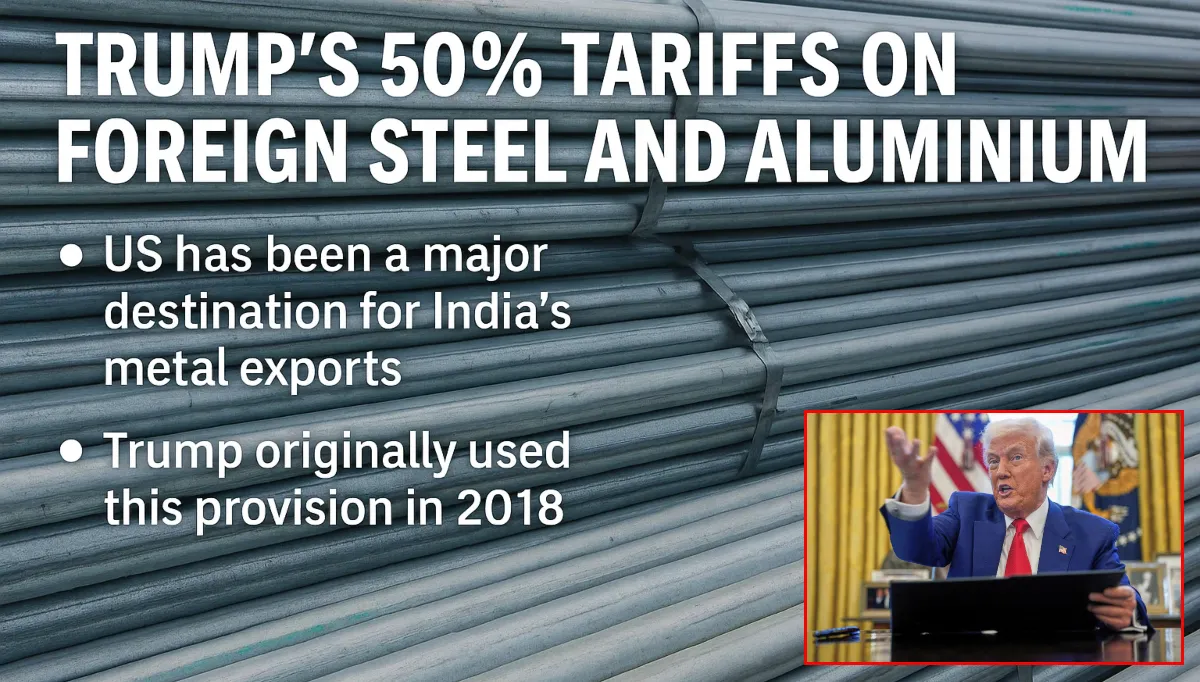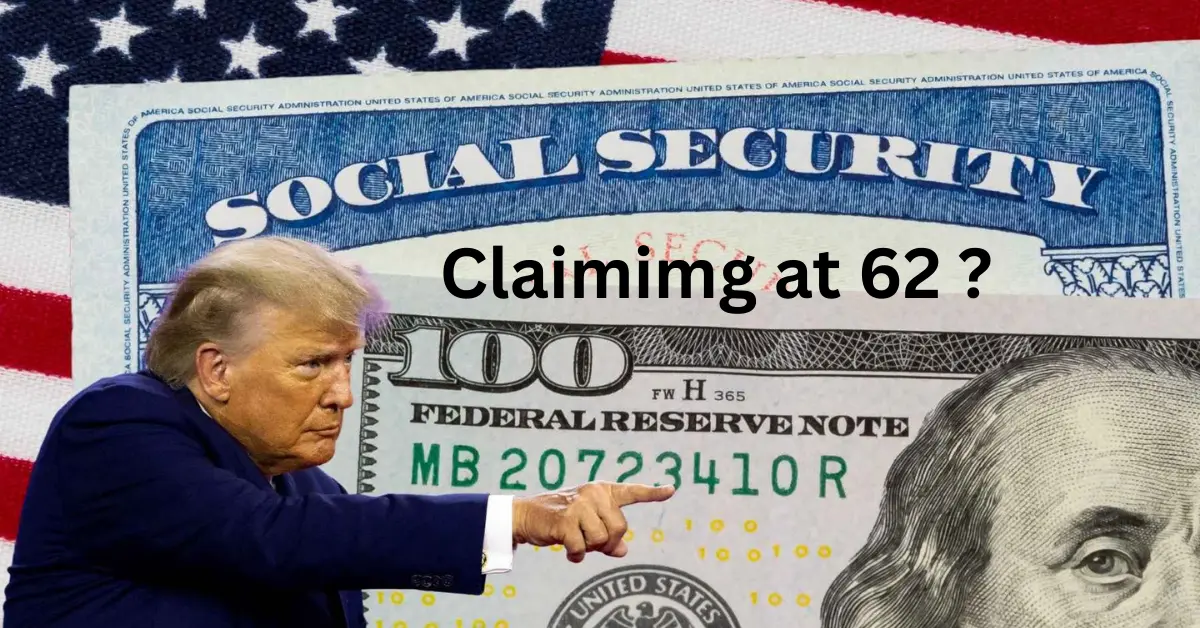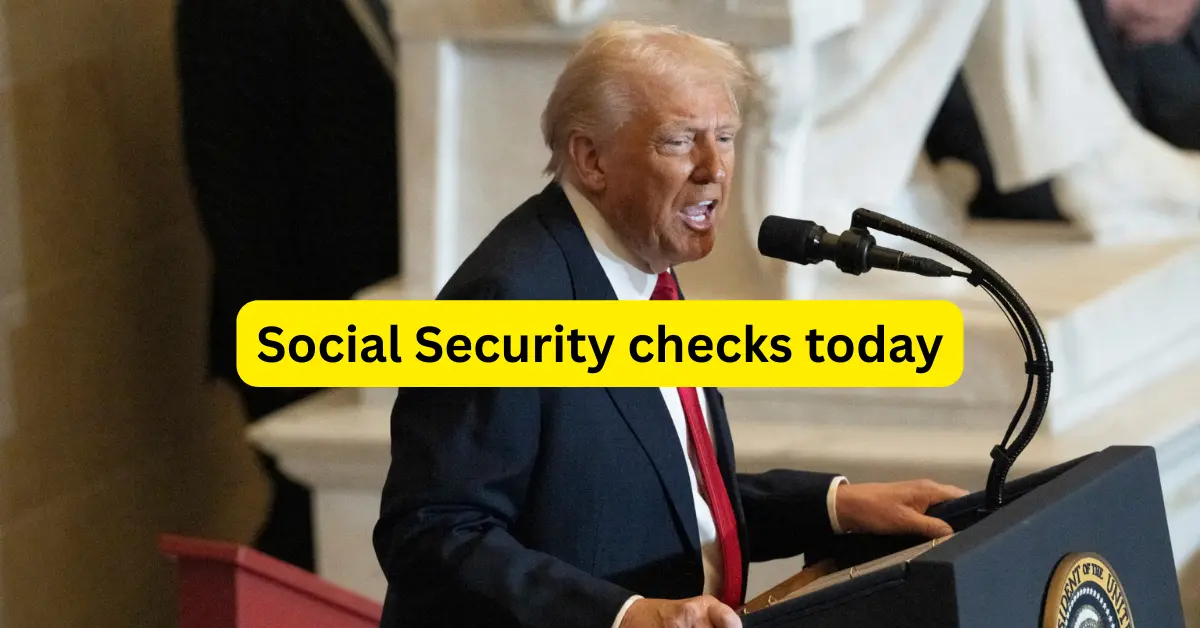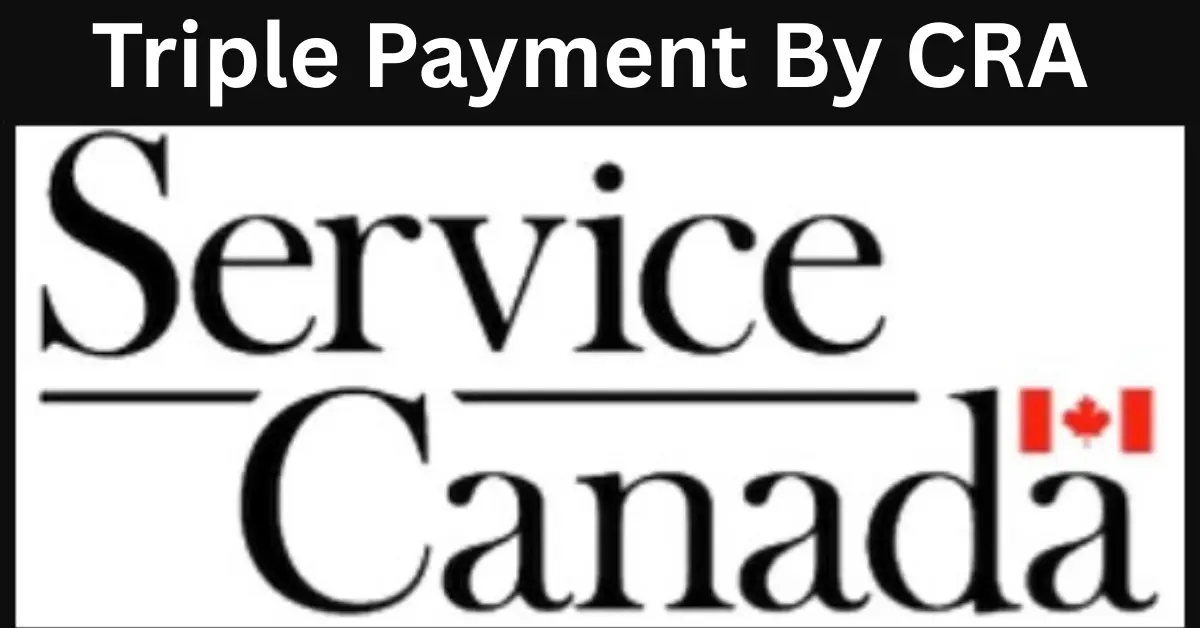Steel And Aluminium Tariffs: Are They Still Raising Costs Today? Since the Trump government charged a 10% on Steel And Aluminium Tariffs in 2018, businesses and consumers have been facing higher costs. At present, Trump has imposed tariffs from 4th June 2025 on imported steel and aluminum products, with a double of 25% rate means 50% for most countries except the U.K.

To protect US industries and label national security analysis from foreign competition, the action is taken under the Trade Expansion Act of 1962, under section 232. The Tariffs is also applied to subsequent products that contain steel and aluminum. But years later, businesses and consumers are still feeling the ripple effects.
But seven years later, are these tariffs still running up prices? The short answer: Yes, but the impact has evolved. In this article, we’ll break down: The current status on Steel And Aluminium Tariffs, how they’re affecting industries in 2024, whether Biden’s policies have changed anything, and what experts predict for the future.

The Current Status of Steel and Aluminum Tariffs in 2025
As the U.S. has doubled tariffs on steel and aluminum imports, the rate has been increased from 25% to 50% on 4th June 2025. This assertive trade policy has national security provisions, aims to sustain domestic production, but could activate higher costs across industries.
Here’s what you need to know about the new tariffs, their exception, and the potential economic fallout. Means for Businesses & Consumers.
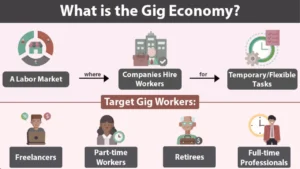
| 2025 Steel & Aluminum Tariffs: Key Updates | |
| Key Detail | 2025 Update |
| New Tariff Rates | 50% on steel & aluminum imports (up from 25%). |
| Effective Date | June 4, 2025, 12:01 a.m |
| Legal Basis | Section 232 of the Trade Expansion Act (national security justification). |
| UK Exemption | Stays at 25% (no increase for British steel & aluminum). |
| Derivative Products Affected | Finished goods containing steel/aluminum also face higher tariffs. |
| Expected Impact | Higher consumer prices, potential job losses in manufacturing sectors. |
Why Were Steel and Aluminum Tariffs Imposed?
According to Al Jazeera news, in March 2018, President Donald Trump imposed a 25% tariff on steel imports, and the initial 10% tariff applied on aluminum (particularly China) imports, quoting national security concerns,
with some exceptions for certain countries. The goal was to rescue American manufacturing by making foreign metals more expensive compared to domestically produced steel and aluminum.

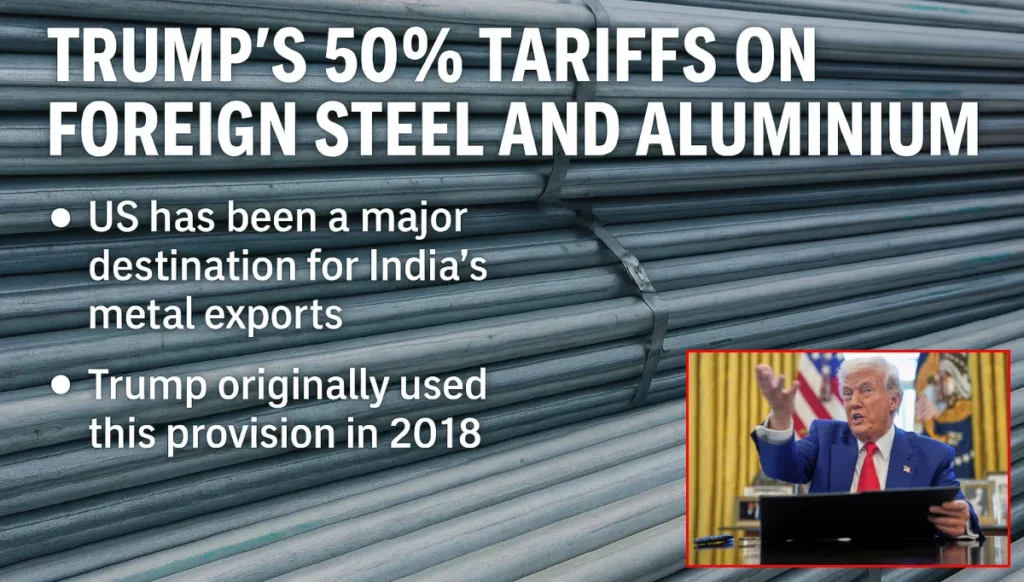
The following are the reasons why tariffs are imposed by the U.S. government.
- Protect U.S. aluminum producers like Alcoa and Century Aluminum
- Reduce dependency on China, the world’s largest aluminum producer
- Encourage domestic manufacturing
- National security concern
- Addressing trade inequality
- Conflicting Unfair Trade Practices
- Settle exploiting

The names of the affected countries included:
- China is the primary target
- initially hit and temporarily exempted from Canada, Mexico, and the EU
- Deals were negotiated, but faced tariffs for Japan, South Korea, and India
While the policy improved some U.S. producers, it also led to higher costs for manufacturers, price hikes for consumers, and retaliatory tariffs from other nations.
Key Goals of the Tariffs in 2025
Despite these changes, many businesses argue that tariffs continue to inflate costs, especially as inflation remains a concern in 2025.
| Impact Of The Tariff In 2025 | |
| Policy Change | Impact in 2025 |
| EU Tariff Truce (2023) | The U.S. and EU agreed to replace tariffs with a quota system, easing some pressure on European imports. |
| UK & Japan Deals (2024) | New trade agreements reduced tariffs for these allies, but China remains a major target. |
| China’s Retaliatory Tariffs | China still imposes tariffs on U.S. agricultural goods, keeping trade tensions high. |
| Domestic Production Growth | U.S. steel output has increased, but prices remain volatile due to energy costs and labor shortages. |
How Steel and Aluminum Tariffs Are Impacting Industries in 2025?
The significant tariff on steel and aluminum is leading to cost increases for businesses that rely on metals, notably in sectors like construction, automobiles, and food packaging. Global trade is also affected by tariffs, with some countries exploring or adopting trade strategies.
Below are some industries affected by the tariff in 2025.
1. Automotive Industry: Higher Production Costs
Car manufacturers depend heavily on steel and aluminum. Even with some tariff relief for supporters, automakers still face.
- Increased material costs are being passed on to consumers
- Supply chain interference due to geopolitical tensions
- Pressure to use more domestic steel, which isn’t always cost-effective
Note :
The impact on Electric vehicle (EV) production is rolling, but battery costs that use aluminum remain high, and price drops slowly for consumers in 2025.
2. Construction: Delayed Projects and Rising Expenses
Steel is decisive for infrastructure, from bridges to skyscrapers. Since 2018:
- Steel prices have fluctuated wildly, up 40% in 2021, down in 2023, and are now stabilizing
- Due to unpredictable costs, some contractors delay projects
Note :
At present, the Trump administration’s infrastructure bill has enhanced demand, but tariffs keep prices raised.
3. Consumer Goods: More exorbitant Appliances and Electronics
From refrigerators to iPhones, aluminum and steel are everywhere. Tariffs have led to:
- Higher retail prices on appliances have been up 15-20% since 2018
- Manufacturers shifting supply chains, e.g., sourcing from Vietnam instead of China
Note:
2025 Trend: Companies are holding the attention or provoking interest with costs, but consumers still pay more than pre-tariff levels.
Recent Trade Policy Developments in 2025
At present, the development in trade policy consists of a mix of Recent trade policy developments in 2025 include a mix of soaring tariffs and efforts to ease trade, especially in service sectors.
1. U.S.-EU Quota System
In 2023, the U.S. and EU coincide to replace steel and aluminum tariffs based on a quota system. This allowed limited duty-free imports but maintained protections for U.S. producers.
Effect in 2025:
- European steel is cheaper, but the supply is restricted.
- U.S. manufacturers still depend on pricier domestic sources beyond quotas
2. Continued Tensions with China
From 2024, China will remain the biggest target of U.S. tariffs. The government of Trump amplified the restrictions on Chinese steel and aluminum, citing.
- Selling below cost is known as Dumping
- Overcapacity in China’s market
- Concerns of National security
3. New Deals with the UK and Japan
To strengthen alliances, the U.S. will renegotiate the reduced tariffs for these nations in 2024.
Result:
- More affordable imports from allies
- But not enough to fully offset domestic price hikes
Will Steel and Aluminum Prices Stabilize Soon?
According to Experts divided into optimists and pessimists:
Optimists Say:
- Supply chains are adapting as more U.S. production and or variety of imports help.
- Cooling Inflation After 2022-2023 spikes, material costs are less unstable.
- Demand for general energy as Recycling and alternative materials, may reduce reliance on tariffs.
Pessimists Argue:
- Geopolitical risks of Wars, trade wars, and sanctions could disrupt supply.
- Domestic production isn’t enough for U.S. steelmakers, and they can’t meet all demand.
- Trump’s “Buy American” push Policies favor U.S. steel, keeping prices high.
Conclusion: Steel And Aluminium Tariffs: Are They Still Raising Costs Today in 2025?
Yes, but less desperately than in 2018-2022. The U.S. has modified some tariffs, but domestic steel and aluminum remain more expensive than global prices. Industries like automotive, construction, and consumer goods continue to experience hardship.
| Home Page | https://aiis.org/ |
- Trade negotiations could ease the tariffs.
- If material costs are kept stabilised, the pressure may reduce to Monitor inflation trends.
- Alternative materials, such as Advanced recycling and mix, could reduce reliance on tariffs.
